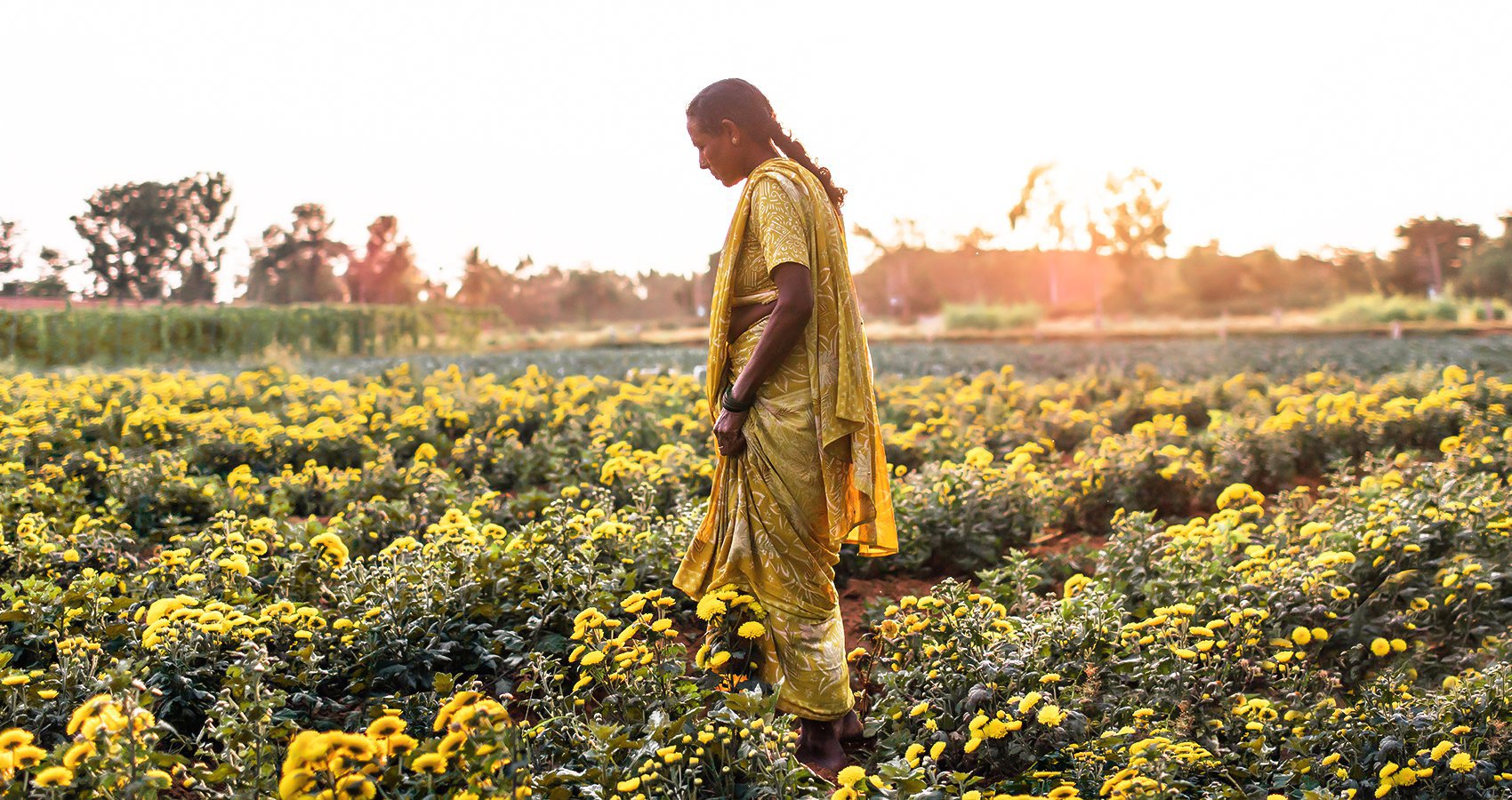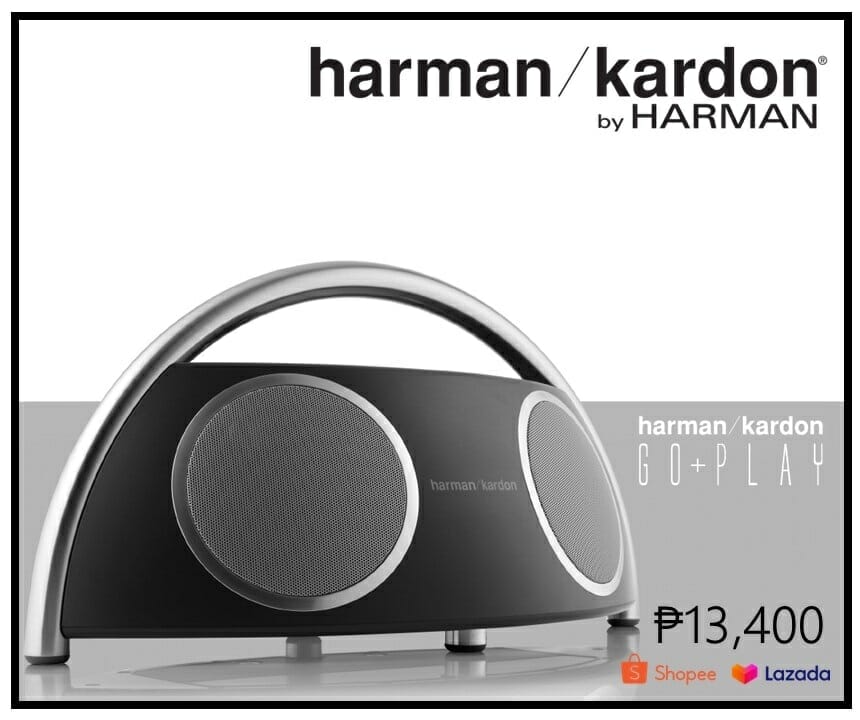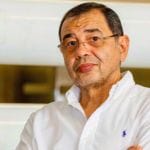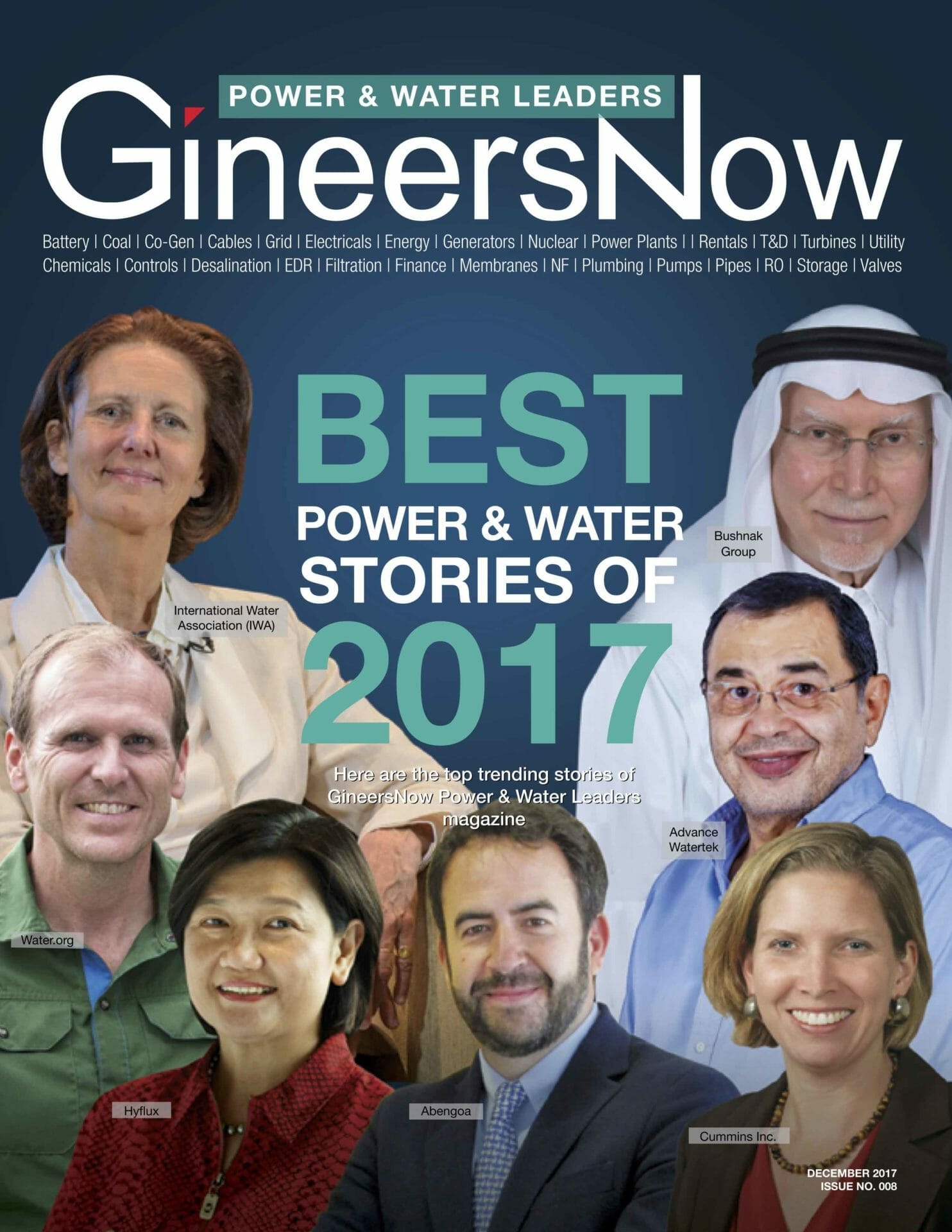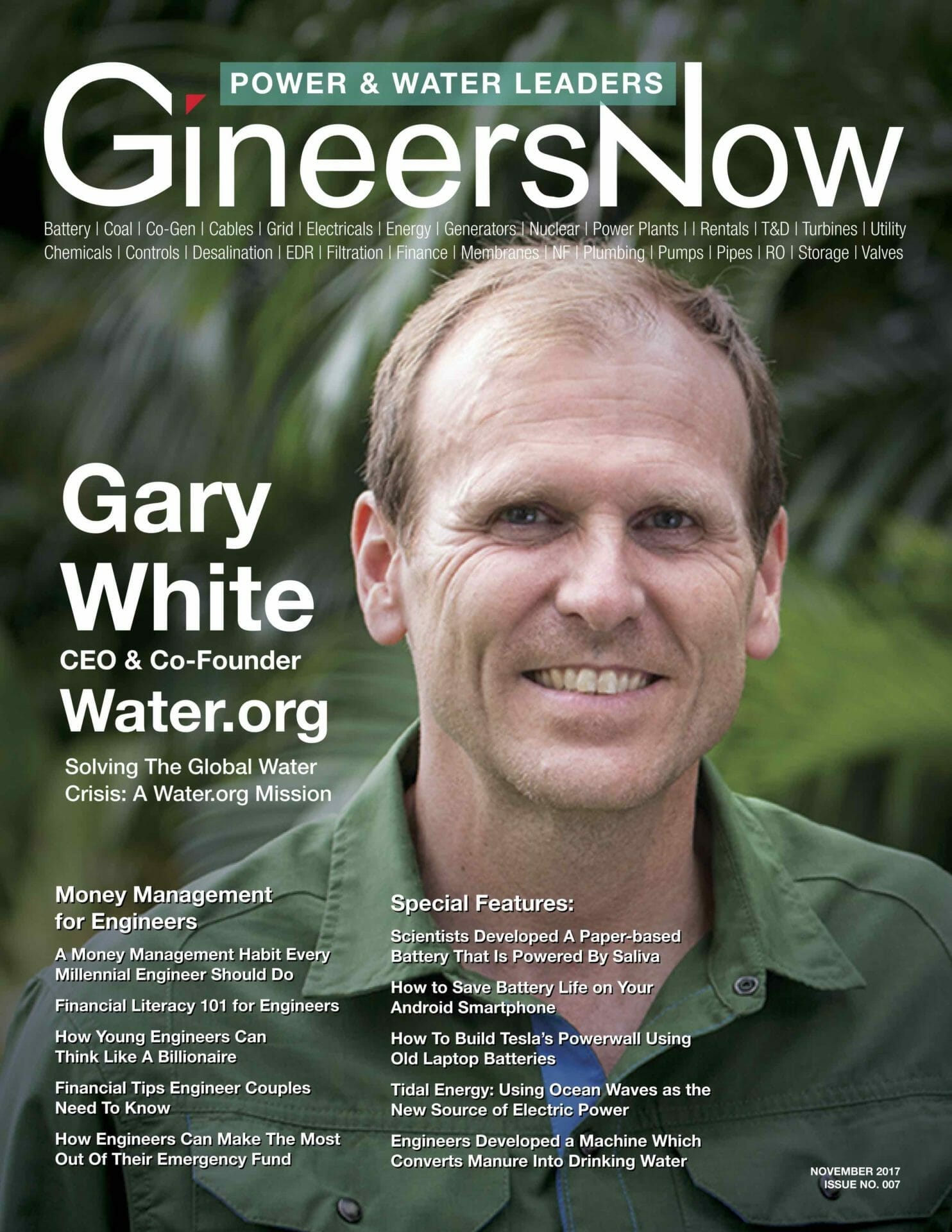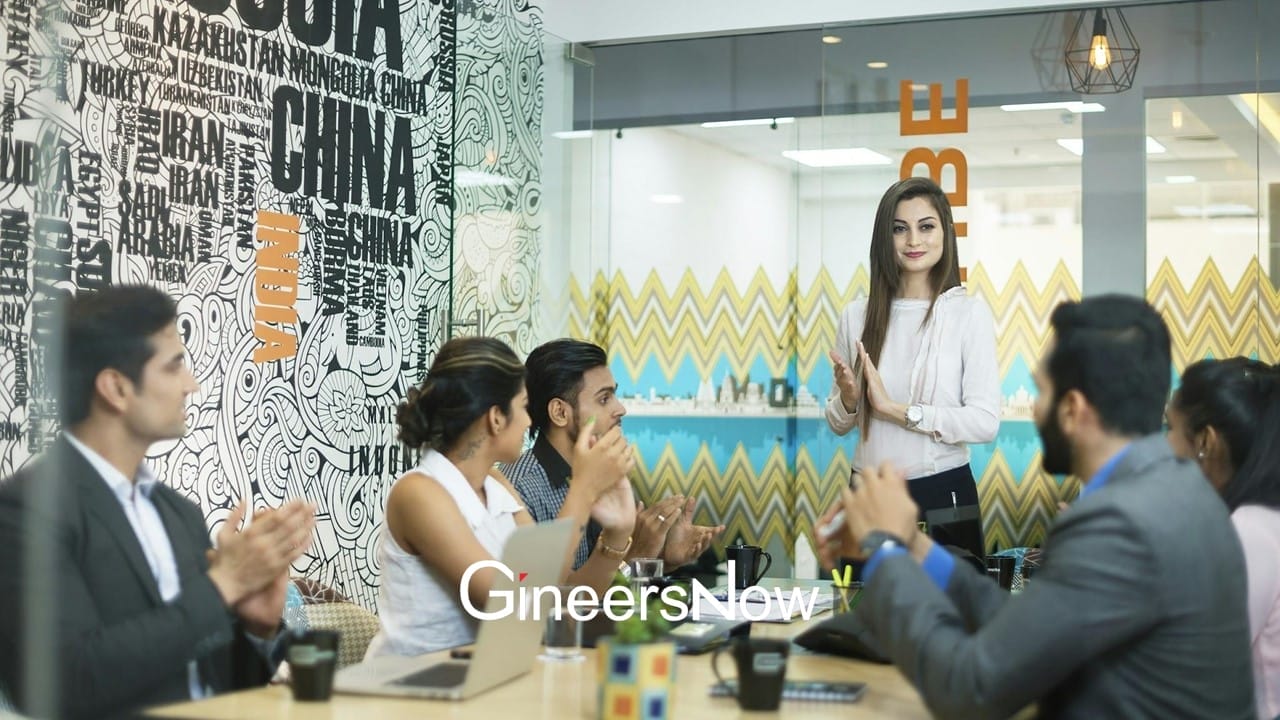Water.org Mission
It all started with the merging of two organizations with the same goal in mind: to provide access to safe water and sanitation in developing countries. Gary White (WaterPartners International) decided to team up with Matt Damon (H2O Africa) and create the nonprofit aid organization, Water. org, in 2009. By offering smart solutions to provide people in developing countries access to clean water, they are one step closer to solving the water crisis.
For the people behind Water.org, they believe that having access to safe water can provide a bright future for everyone. Safe water access leads to education, better health, and economic prosperity.
As of today, Water.org has helped more than 8 million people with access to safe water and sanitation. With years of research and experience under their belt, they provide “market-driven financial solutions” to aid more people along the way. As Water.org continues to grow, they’ve created more impact across the globe.
In this exclusive interview with Gary White, one of the founders of this nonprofit organization, he shares his experience in building Water.org to what it is now, the organization’s accomplishments and their plan to transform 60 million more lives in the next five years. Find out what he thinks are the latest trends in the water industry and why it matters that everyone supports aid organizations like theirs.
What are the latest trends in the water industry?
During the most recent World Water Week organized by the Stockholm International Water Institute, financing to close the gap and meet the goals of SDG #6 was a dominant topic. In September during the United Nations General Assembly, there were multiple high-level discussions about the same. When Water.org first began talking about finance for the poor, the silence was deafening. The need for private investment and blended capital is now clear; charity and aid cannot meet the need.
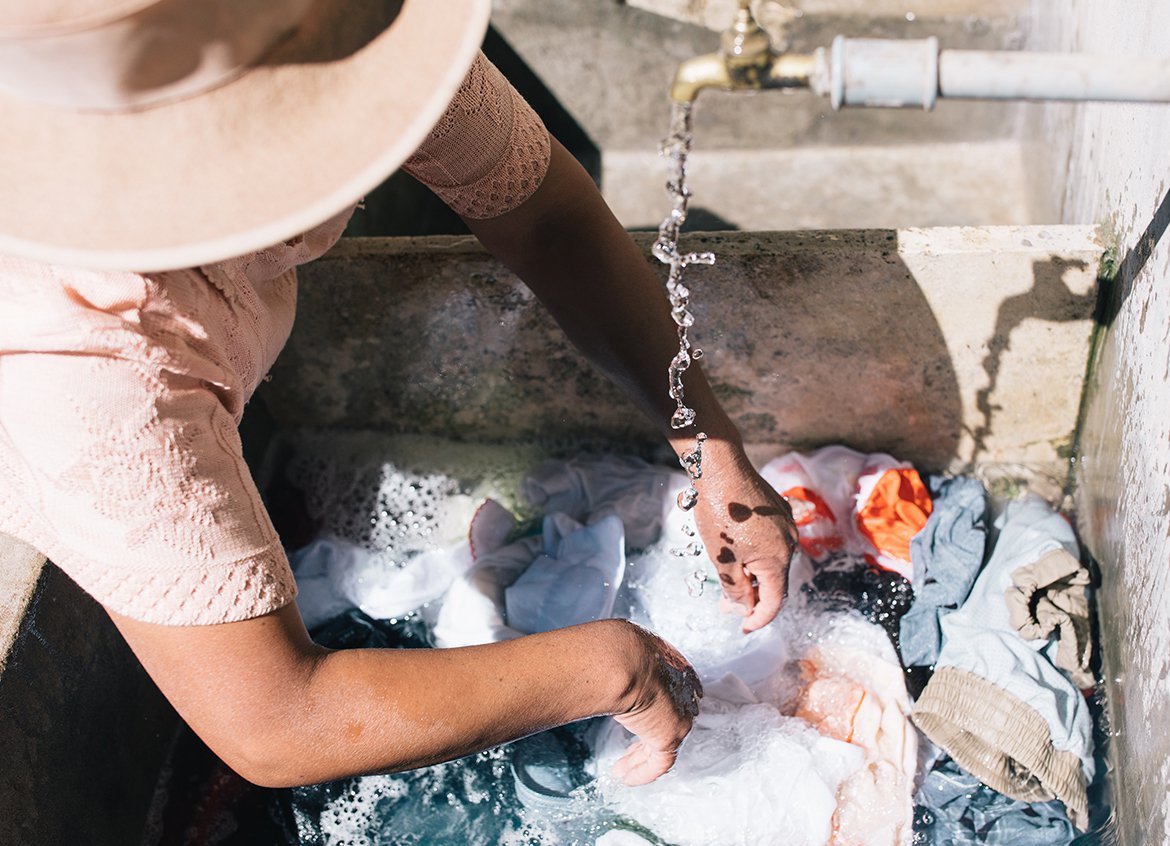
What prompted you to create Water.org?
Since my undergraduate days, access to water and sanitation in developing countries has been my priority. I was fortunate to get a job right out of graduate school with Catholic Relief Services in New York, where I gained experience on water projects around the world. While traveling to different project sites, I saw a landscape littered with broken wells and realized there was a gap between what people needed and wanted, and what the various aid organizations were giving them. I co-founded Water.org to meet the extraordinary need for safe water and sanitation among poor populations in developing countries. It continues to exist to develop and execute innovative practices to hasten the end of the global water and sanitation crisis through scaling the highest performing programs.
What are your accomplishments?
•Built Water.org from start-up to a team of 125 with a $25M annual budget.
•Developed market-based water/sanitation solutions for the poor by raising and strategically deploying philanthropic capital
•Through the WaterCredit initiative, deployed $20.1M in philanthropic subsidies which have been leveraged into $602M in commercial capital
• Served over 9M people with access to water/sanitation in developing countries; 8.4M of these were reached through the proven model of WaterCredit, which has achieved a 99% loan repayment rate
• Raised and deployed an $11M social impact investment fund for water and sanitation
• Created and launched a new $50M social impact investment fund for water and sanitation
What are the impacts?
Access to safe water and sanitation means access to education, work, and an opportunity to have the kind of live we all want for our families and ourselves. Economically, there is a $4 return on every dollar spent on water and sanitation access.
$260 billion is lost globally each year due to lack of safe water and sanitation. Joining a formal system means control over water usage and source protection, and resources from tariffs coming back into the utilities. Control, management, and potentially re-use of human waste have multiple positive effects socially, environmentally, and economically.
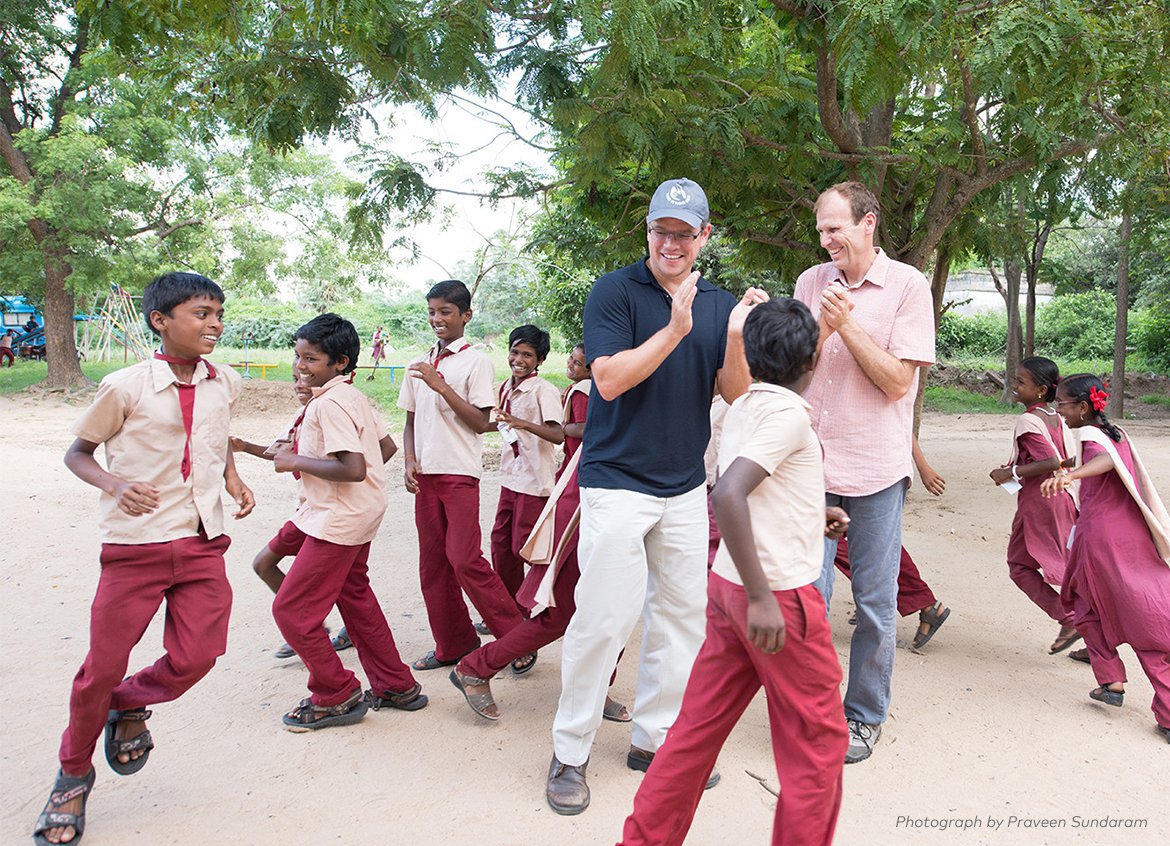
Who will benefit?
To date, the majority of Water. org program interventions have reached people living under $6 per day – more than half of whom reported making under $2 per day. Water.org is focused on providing financing solutions for water and sanitation services for those living at the base of the economic pyramid (i.e., those living on $1-$6 per day) – the households who have enough income potential to secure a water or sanitation loan but who often cannot access capital at an affordable rate.
Water.org drives innovative financing solutions to those who need it most, enabling access to water or sanitation for millions who otherwise would spend an enormous amount of time and money coping without it.
What are your future plans?
Water.org has worked toward solving the global water and sanitation crisis for more than 25 years, and our approach is proven and powerful. To date, we have reached over 9 million people through smart solutions for water and sanitation, and our impact is accelerating. In 2012, Water.org reached our first million people with safe water and sanitation. Today Water.org reaches 1 million people per quarter. In the next five years, we aspire to transform 60 million more lives.
Taking stock of where we have been and where we want to go, we developed a strategic plan built to:
1. Increase the number of people living at the base of the pyramid with improved water and sanitation
2. Increase the amount of capital and affordable financing for water and sanitation improvements
3. Improve efficiency of capital for Water.org
We will make progress against these objectives through 3 levels of impact:
1. Direct intervention: Partnering with organizations who work directly with people living at the base of the economic pyramid to facilitate affordable financing for water and sanitation
2.Influence: Influencing those who play a role in bringing water and sanitation to people living in the global water crisis through business-to-business financing solutions, expanding the uptake of affordable financing models, including social impact investing through WaterEquity, a Water.org innovation.
3.System-level change: Contributing to changes in policy and sector systems through partnerships and advocacy to enable an environment conducive to financing for water and sanitation for all.
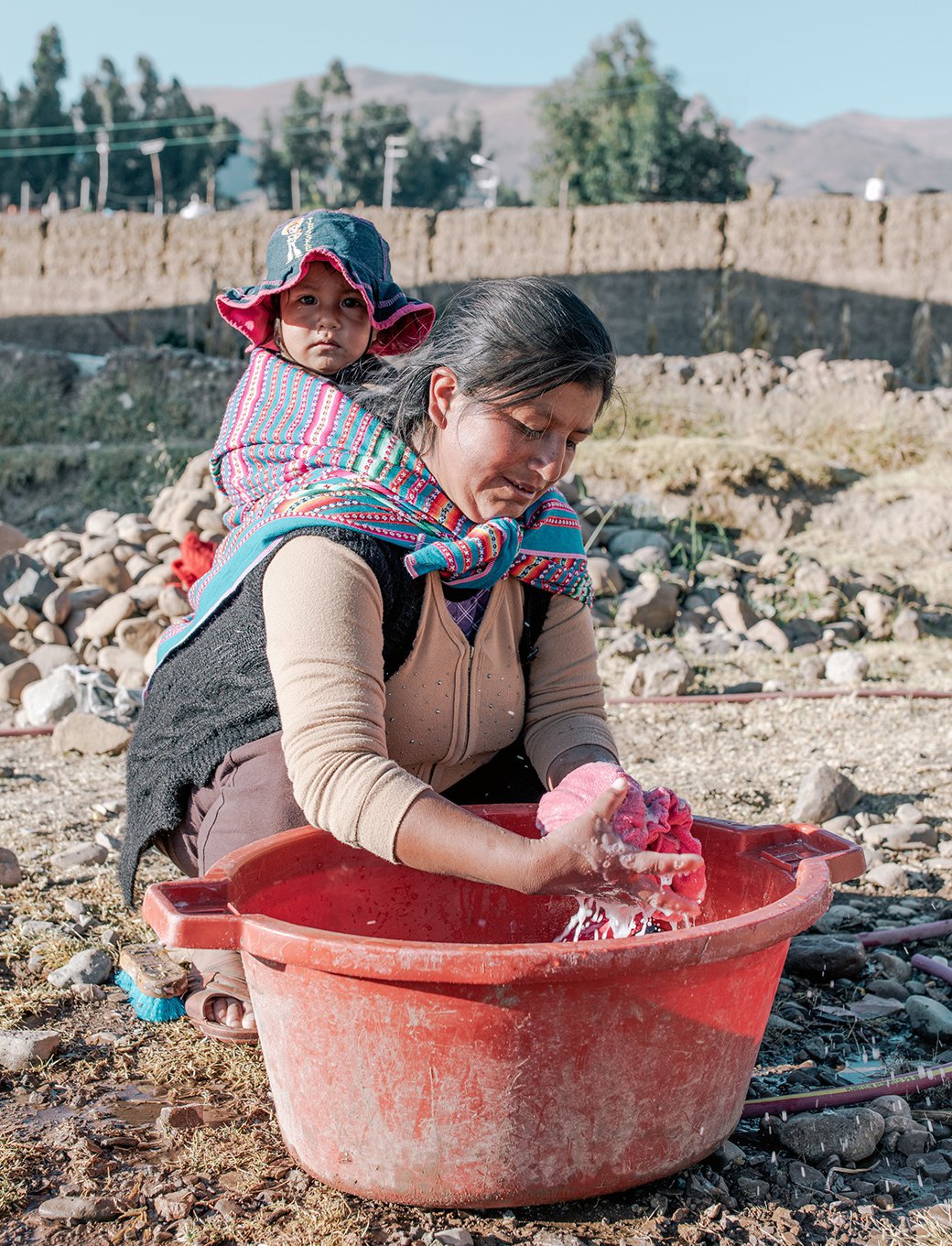
Why should companies or individuals support organizations like Water.org?
Experts project that it would take donations of $200 billion a year over five years to end the global water and sanitation crisis. Currently, annual aid amounts to just $8 billion.
To solve this crisis, we need the strategic partnership of responsible corporations, investment by accredited investors, and the steadfast support of individual donors
and lenders. Partnering is in our DNA; from partnerships with local NGOs, microfinance institutions, and corporations like IKEA Foundation and B Foundation. It is through these partnerships that we stretch aid dollars and make charity funding catalytic. Our individual donor support is critical to our system of innovating to increase our impact.
What makes you different from other water organizations?
We use household level finance as a powerful tool to break down the barriers between people and safe water and sanitation access.
We meet the people we serve as partners; agents of change in their own lives. We do not prescribe what kind of solution people need; people know exactly what they need and just need a hand to secure it.
It is expensive to be poor; we have found a way to convert the coping costs people pay every day into the means for sustained, life-giving access to safe water and sanitation.
